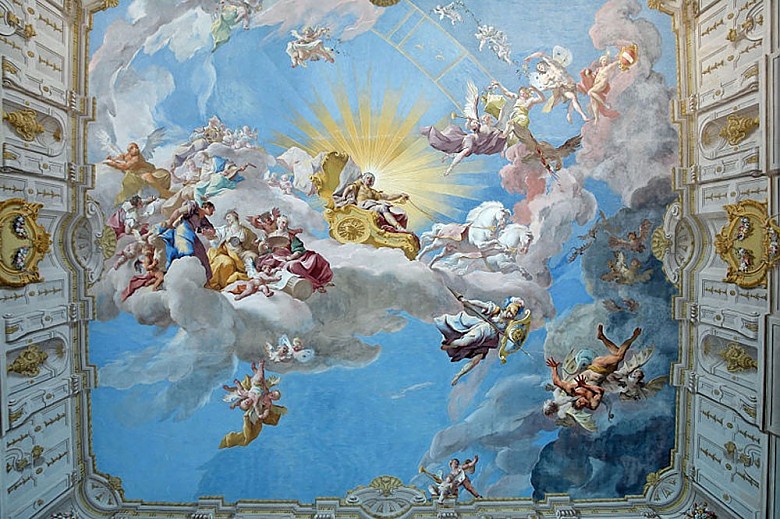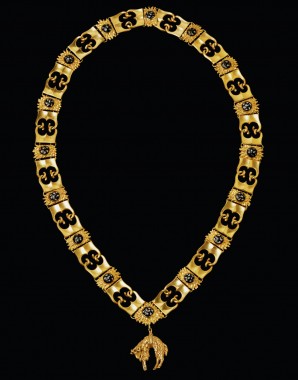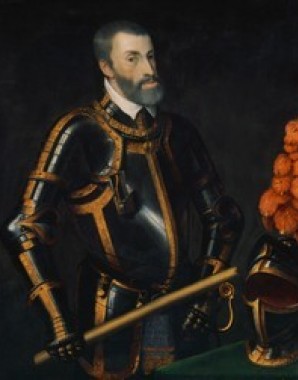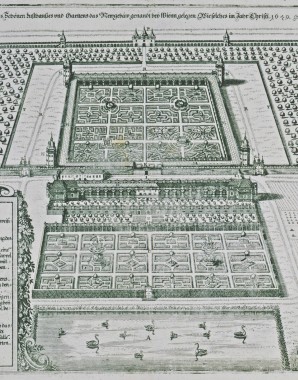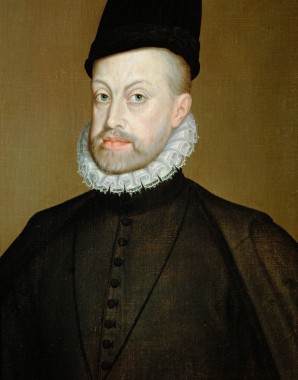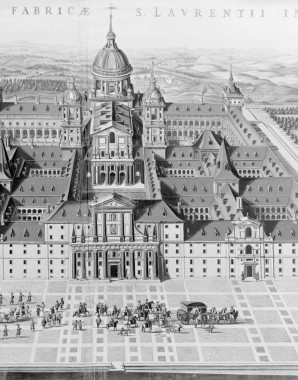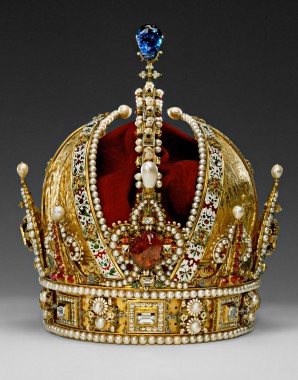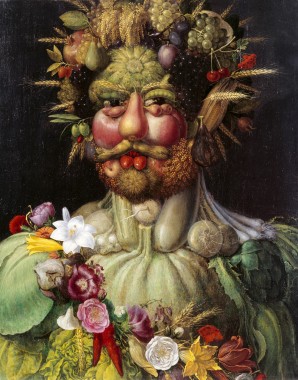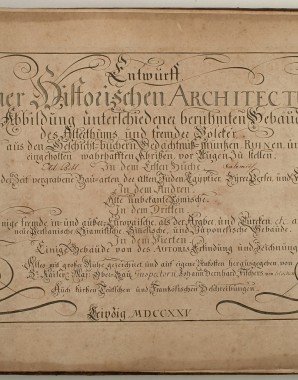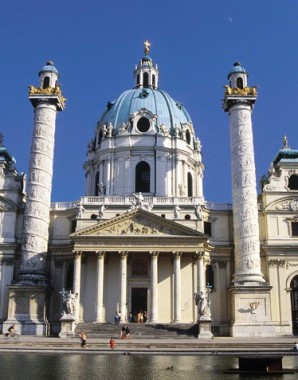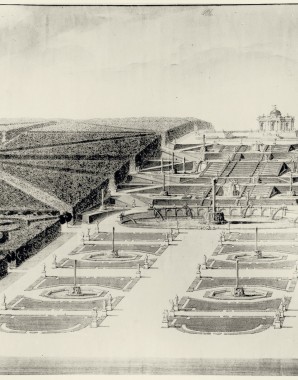Of global empires and dream worlds
During the early modern era the House of Habsburg experienced a meteoric rise. Initially the leading role was taken by the Spanish line of the Casa d’Austria, who ruled over an empire ‘on which the sun never set’. Building on the rich heritage of Burgundian courtly culture, Spain as a global power became the preeminent model in cultural affairs.
The Austrian line relied on the imperial status of the emperor of the Holy Roman Empire. The Habsburgs interpreted the emperorship as a universal power superordinate to the other monarchs of Europe, and saw themselves as the Christian successors of the Roman emperors.
Architecture, the fine arts and the natural sciences were placed at the service of the glorification of the House of Austria: a Habsburg cosmos was created that was intended to obscure the real limits of Habsburg power.
